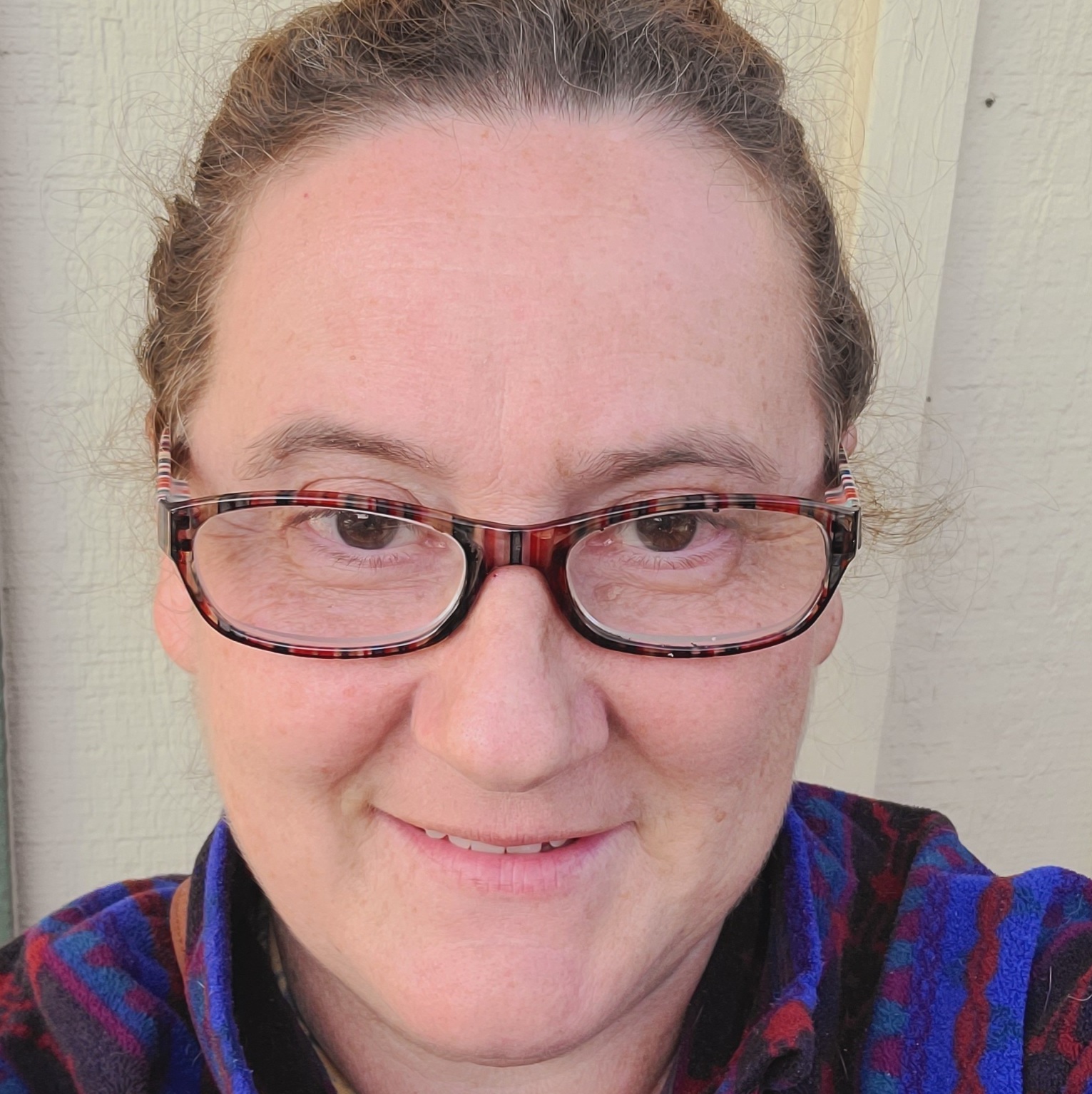COVID-19 Survey for Workers
The interview below isn't necessarily typical of all testing center workers, but taking the COVID-19 Survey for Workers can help researchers understand what is. If you’ve been working during this pandemic, are unemployed or are now doing your job remotely or part time, you can participate in this research project by following one of these links:
- In English: https://is.gd/COVID19WorkerSurvey
- En español: https://is.gd/COVIDWORKERESP
This study aims to better understand the health impacts of COVID-19 and is funded by the National Institutes of Health.
 Clarisse Céspedes
Clarisse Céspedes
Spanish interpreter at a COVID-19 testing site in California
Tell us about yourself, where you’re from originally and how you came to do what you do for a living.
I was born in France where I lived until I was 8, then my family moved to Spain. I grew up speaking three different languages: French, Spanish and Catalan. Over the past 11 years, I’ve mostly worked as a Spanish language online editor for a health website. But I've also worked as a translator or interpreter on the side, even in college when I was studying journalism.
How has the pandemic changed job opportunities for you?
I have more opportunities as far as translation and interpretation goes, especially since my usual field of work is related to health.
I was unemployed at the beginning of 2020 and going to start a new position, but the pandemic happened which eliminated the job. A neighbor who had been furloughed as a dental assistant was making extra money mowing lawns and that made me think about doing something different. A movement of people were taking jobs at grocery stores and delivery services, so I thought I could try doing some delivery. Then I received a text message asking me if I wanted to apply for a Spanish interpreter position at one of the COVID-19 testing sites. Being a medical interpreter had crossed my mind, but I had not pursued it before.
Why did you decide to do this as opposed to something else short-term?
It was important to me to help my community. The language barrier puts non-English speakers last in line to get help for COVID-19. Hispanics have been hit hard during this pandemic, in terms of their health and the ways it’s affected their place in the economy. I also had been doing similar work on the side by helping to translate Governor Newsom’s COVID-19 Executive Order to help protect renters.
What’s a typical day like at the COVID-19 testing center you work at?
I’m there before 7:00 AM to get ready, with clean hands and mask on. Then I invite people to come in, one at a time. If they ask for Spanish or I think someone may feel more comfortable speaking it, I offer to translate. I go over certain questions, explain how the test is done and how to get their results.
Mondays and Tuesdays usually are very busy. Coming off the weekend, many people want to get tested. I’d say at least one-third are Hispanic, although some of those people speak English only and don’t need my help.
Are you afraid to go to work? Why or why not?
I was, at first. Having a minor and other family members at home worried me. Also, I have underlying conditions and suffer from asthma. But I became less afraid and just had to remind myself not to lower my guard, keep my mask on, wash my hands and sanitize my workspace often.
What are the big challenges for you and other testing center workers?
The biggest challenges for workers are the long hours, staying healthy and continually testing negative. The biggest adjustment personally has been commuting and working on site every day. I was used to working remotely when I was an editor.
I have to remember to wear my mask after work, too. I remove my PPE but still need to keep a mask on. Now I always have one in my pocket.
How does the public treat you when they get tested?
They’re nice and appreciative. When they know they can speak their native language, they feel more comfortable sharing information and asking questions. A few get frustrated because they’re coping with so many changes. I try to walk them through it the best I can.
What’s something people don’t understand about COVID-19 testing that you wish they did?
There’s a tech divide making it harder for older generations and people with less education. For many testing centers, registering online is a requirement to set up a profile with login, make appointments and check results. Many people don’t know how to retrieve their password or create one with the right number of characters, symbols and numbers, or can’t find the downloaded results on their phones. There is some help out there, but it’s not perfect.
Also, I wish some people would focus less on politics and more on the virus. I have seen patients who are very sick, old and young, and I won’t forget their faces. Some have loved ones on a ventilator, which is heartbreaking.
How has the pandemic changed the lives of people you see? What are they saying to you? How do you respond?
Most are trying to adapt as fast as they can to this new normal but there’s confusion. For instance, once someone tests positive, they aren’t sure how many negative test results they need before they can go back to work, or if they have to quarantine every time they test. We all had to get used to terms like “contact tracing” and “PCR.” Other times, people need to calculate when they should be tested so they can travel, depending on what’s required at the airport (like testing negative 48 or 96 hours before traveling).
In California we’re experiencing two major catastrophes at the same time: climate change and the pandemic. How have these crises coming together affected your work and the people you see?
We had to close one day during the fires because air quality was very poor. Patients were complaining. They also didn’t know if it was COVID or air quality affecting their breathing.
What concerns you most about the future?
Another wave, the economy and schools. I hope people can go back to their jobs or find new ones, and no more businesses have to close down, which made me very sad. Distance learning is not working for me. I wish my child could go back to his high school classroom.
Has anything positive come from the pandemic?
There’s more unity and compassion. The pandemic has brought me closer to many people because we’ve been helping each other. From the very beginning, when many things were not available in stores, we were sharing to make sure everybody had what they needed. At work, patients have been sharing their stories too, they have been very lonely and just want to be heard.
 Jennifer Biddle conducted this interview in October 2020. Biddle is a science writer, Center for Health Journalism Fellow and long-standing member of the Association of Health Care Journalists.
Jennifer Biddle conducted this interview in October 2020. Biddle is a science writer, Center for Health Journalism Fellow and long-standing member of the Association of Health Care Journalists.
